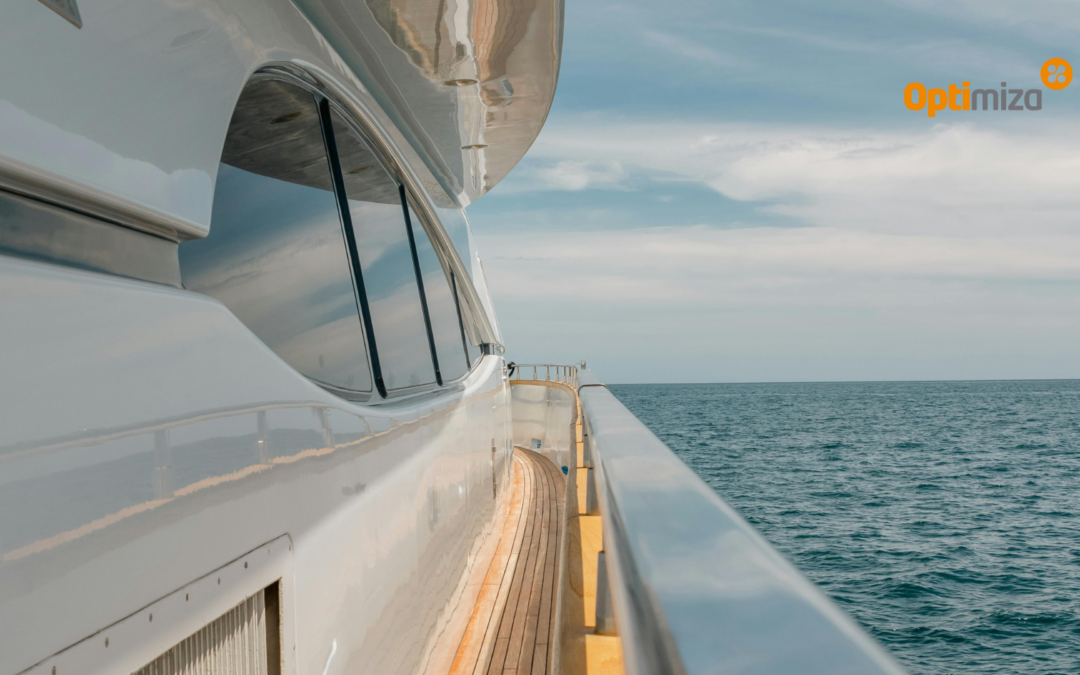A luxury 30m fiberglass yacht, known for its sleek design and high-performance capabilities, experienced a significant failure in the gelcoat of its superstructure. The yacht, which had been in service for several years, exhibited extensive cracking in the gelcoat, compromising both the aesthetics and structural integrity of the vessel. Laboratory investigation was conducted to determine the root cause of the gelcoat failure and provide recommendations for mitigation.
Incident Description: The owner of the yacht noticed multiple cracks appearing on the surface of the superstructure, particularly in areas exposed to high levels of stress and UV radiation. The cracks varied in size and pattern, indicating a combination of impact damage, stress cracks, and gelcoat crazing. Concerned about the potential implications of the cracking on the yacht’s performance and longevity, the owner sought a detailed investigation.

Laboratory Investigation:
Visual Inspection: A thorough visual inspection of the cracked gelcoat was conducted to assess the extent and distribution of the damage. The inspection revealed a combination of hairline cracks, interconnected crazing patterns, and larger stress-induced cracks in critical areas of the superstructure.
Material Analysis: Samples of the cracked gelcoat were collected for material analysis. Microscopic examination revealed signs of gelcoat shrinkage and crazing, likely exacerbated by prolonged exposure to UV radiation and temperature fluctuations. The presence of water intrusion in some cracks indicated a potential for osmotic blistering and delamination.
Structural Assessment: Structural analysis of the fiberglass superstructure identified areas of localized stress concentration, possibly due to poor installation practices or inadequate reinforcement. The structural movement caused by temperature changes and dynamic loading was found to contribute to the development of stress cracks in the gelcoat.
Causes:
Root Causes: The failure of the gelcoat in the superstructure was attributed to a combination of impact damage, stress cracks from structural movement, gelcoat shrinkage, crazing due to UV exposure, and water intrusion. Poor installation practices and inadequate maintenance also played a role in the deterioration of the gelcoat.

Recommendations:
– Implement regular inspections to detect and address cracks in the gelcoat promptly.
– Enhance structural reinforcement in high-stress areas to minimize the risk of stress-induced cracking.
– Apply protective coatings or waxes to mitigate UV damage and prevent gelcoat crazing.
– Improve installation practices and conduct proper repairs using high-quality materials to prevent future failures.
Conclusion: The laboratory investigation of the gelcoat failure in the fiberglass yacht’s superstructure highlighted the importance of proactive maintenance and structural integrity in preserving the longevity and performance of marine vessels. By addressing the root causes of cracking and implementing recommended measures, the yacht’s superstructure can be restored to its optimal condition, ensuring continued safety and aesthetics for the owner.

